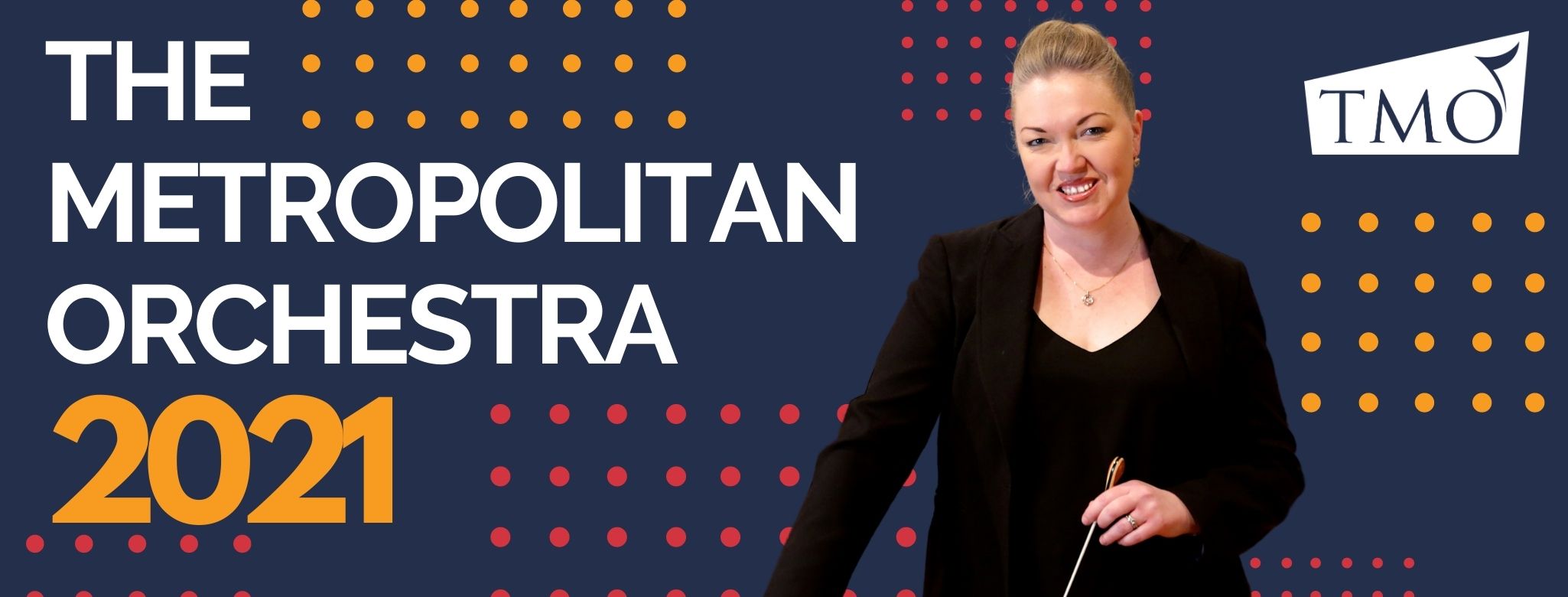7pm Saturday 20th February 2021
Petersham Town Hall, Petersham
KATS-CHERNIN Fast Blue Village 5 *Premiere
BORNE arr THOMPSON Carmen Fantasy For Flute And Strings
STANHOPE Morning Star
HAMERIK Symphony No 6
Conductor: Sarah-Grace Williams
Soloist Flute: Svetlana Yaroslavskaya
|
Elena Kats-Chernin (1957- ) |
Fast Blue Village 5 |
Fast Blue Village 5 is related to a piece of music called “Village Idiot”, as well as a piece for robotic instruments called “Fast Blue Air 1″. The main feature of this piece is its almost mechanical 10/8 meter, which is divided mostly in 4+3+3 quaver groups. However, these divisions are not constant, they get transformed occasionally and sometimes there are five clear beats in a bar. The second feature is the harmonic language reminiscent of the Baroque era. Often there are long melodic lines hovering over the near robotic texture.
The piece is devised in clear eight bar phrases, so that its structure can be flexible and the duration reduced quite easily. Flexibility generally plays an important role in my works. This version has been created for Sarah-Grace Williams and The Metropolitan Orchestra, specifically for this concert.
Program Notes by Elena Kats-Chernin.
|
Georges Bizet (1838-1875) / François Borne (1840-1920) arr. Brett Thompson |
Carmen Fantasy for Flute and Strings |
Undoubtedly one of the most successful failures of all-time, Bizet’s Opera Carmen has provided musicians, audiences and arrangers with a feast of musical material since its poorly received premiere at the Opéra Comique in Paris in 1875. Its many famous arias, orchestral interludes, dances and large chorus works have graced the opera stage as well as being arranged into suites for symphonic and wind orchestras, as well as many smaller virtuosic works for solo instruments and chamber ensembles.
François Borne was a French flutist and professor at the Conservatoire de Musique de Toulouse. In his time he had a formidable reputation as a performer, however today he is best remembered for his Fantasy for Flute and Piano, and its subsequent arrangements for various ensembles, including the version from tonight’s performance for flute and string orchestra.
Requiring the utmost technical flair and musical mastery, Borne sets the most sumptuous of Carmen’s melodies amongst flashy fingers and phrases to keep the audience (and performer) breathless. The Habanera provides the backbone of the work, however unlike the tragedy that besets the end of the opera, the Fantasy concludes in triumph and ecstasy.
Program Notes by Andrew Doyle.
|
Paul Stanhope (1969 – ) |
Morning Star |
Morning Star is the first in a series of three chamber pieces whose material is partly derived from an Aboriginal clan from central Arnhem Land. This piece refers obliquely to a melody called “Morning Star” which is presented in a simple, song-like arrangement in the first movement, fragmented into insistent ostinatos in the second and subsequently transformed into a frenetic dance in 7/8 for the final movement. The use of this material is in no way an overt attempt to present something ‘Australian’ nor to represent Aboriginal culture: Morning Star, my first piece for ensemble, is a personal musical response to the rich tradition of indigenous music making in the Northern Territory.
Program Notes by Paul Stanhope.
|
Asger Hamerik (1843-1923) |
Symphony No. 6 in G Major Op. 38 |
I. Allegro moderato
II. Allegro molto vivace
III. Andante sostenuto
IV. Allegro con spirito
The sixth symphony by Danish composer Asger Hamerik, his Symphonie Spirituelle, was composed in 1897 to commemorate the 25th anniversary (silver jubilee) of his position as Director of the Peabody Institute in Baltimore, USA.
It is unclear whether Hamerik’s initial intentions were to compose for a full symphony orchestra or string orchestra, however Hamerik’s hand was forced as the woodwind players of Baltimore and New York were striking due to an industrial relations breakdown, and temporary suspension of the Peabody Orchestra.
Composed in the late Romantic period, the structure of the work is not always in the traditional symphonic form. Most noticeable is the slow movement taking its place as a third movement instead of a usual slow second movement, although this venturing away from the traditional form isn’t apparent during the first movement, which is composed in the expected sonata form. Rich melodies and harmonies provide impressions of spirituelle string choirs in the opening Allegro moderato, with not even the slightest hint of any diminishing of the pre-strike orchestral size. The Allegro molto vivace is full of folk influences, with two distinct and catchy melodies, and this thematic material continues to evolve in the rich and lyrical Andante sostenuto, with a series of variations. Hints of the opening movement help to unite the symphony in the final Allegro con spirito movement, and rich arpeggiated chords rising to the heavens conclude the Symphonie Spirituelle.
Program Notes by Andrew Doyle.

